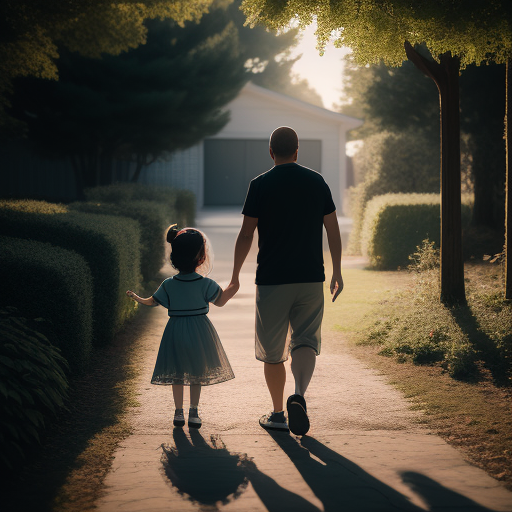
The American Dream has been the foundation for many rag-to-riches stories and the hope that many have had in coming to America. From garage computing outfits to today’s social-media influencers, many people have looked at this country and its large market status as a place where anyone can come and, with a little hard work, become wealthy.
Recent analysis by Investopedia revealed that you now need a whopping $3.4 million to cover the costs of traditional American dream milestones such as marriage, raising children and owning a home. But most Americans fall short of that target by over a million dollars. The average lifetime earnings of Americans across all education levels is closer to $2.3 million, according to Investopedia, leaving a big financial gap that’s forcing people to reassess their life goals.
One look at the attainability of a basic element of the traditional American dream — homeownership — is telling.
According to real estate brokerage Redfin, 2023 was the least affordable year for home buying on record. To buy a median-priced home, worth $408,806, with the median U.S. income $78,642, you would’ve had to spend a record 41.4% of your earnings on housing costs, up from 38.7% in 2022 and 31.0% in 2021. To buy that same home without spending more than 30% of your income — a popular rule of thumb among personal finance experts — you would need an annual salary of $109,868, according to Redfin, which is $31,226 more than the typical household makes in a year.
The American Dream is Over
One could attribute this to a whole host of things, from illegal immigration to inflation caused by our dollar not being anchored to a stable value; however, I think that there’s a more fundamental explanation to why we find ourselves here: an overwhelming focus on self.
A Selfless Calling
The fundamental calling of our God to His creation was to be fruitful and multiply. As any parent knows, it is the ultimate of selfless acts to have children– if you’re doing it right, I suppose. They start out extremely vulnerable and spend their entire lives in need of guidance, direction, and love. They cause you to look outside of yourself, to plan outside of yourself, and to use up a lot of resources you could be spending on yourself or someone else.

When done right, it causes tremendous growth in the parent and the child, in many unexpected ways.
The child has someone to lean on, to learn from, and to mimic. They are the earliest mirrors of yourself– the good, the bad, and the ugly. Much of life is spent imitating someone else. Whether it’s how to do a job, fill out a form, dress your best, or play an instrument, most everything you do has been done before. Yes, a little bit of time may be spent pushing the boundaries, but after you’ve learned from someone else.
Parents, if you’re observant, you’ll see that the things in their behavior that irritate you the most are the things that you also struggle with, and find a lot in common with the phrase “takes one to know one.” You’ll have a fresh perspective on things, be challenged by your inconsistencies, and do more than you ever thought possible.
The Selfish Contagion
The current generation struggles with selfish tendencies. They strive for the “double income no kids” model, where they share on social media the things that they were able to accumulate for themselves, the trips that they’re able to take, or the new car they were able to buy. It started with women’s liberation saying that women should be able to have a job and be the same as men, and then, since there was no difference, why wouldn’t you try to make as much money as you can?
Burger King made its slogan “Have it your way” and today’s ad networks tailor everything to the individual trying to get a sale. And because of the consumerist, credit mindset we no longer have repairable items, we have items that are meant to be either leased or replaced.
The extermination of low-cost commercial space eliminated many services which are no longer available, a trend that feeds the “waste is growth” Landfill Economy: there’s nobody left to repair anything or move second-hand goods, so everything that once could have been repaired or re-used is tossed in the landfill, replaced by a shoddy, crapified replacement product of the global economy.
No Bargains Left
When you’re using debt to finance everything it’s necessary to keep the customers coming back, so you make it so you have to use only OEM parts, is unrepairable, or is so cheap to replace that it doesn’t make sense to repair it. How many times did the generations past actually patch clothes, darn socks, or flip a collar, while we now throw things away because it’s cheaper to buy new?
The idols of the age are those that can acquire the most stuff– beauty products, disposable toys, houses, land– the works. Social media constantly shows us what we don’t have to make us want more and envy others.
And it all goes back to the first sin– the idea that we can have it all if we just take a bite of the fruit. We can be as gods if we’ll just supplant the one true God. But as we learn through that first story and through the rest of the Bible, we sow what we reap, and when we sow selfishness, we reap a world where everyone is out for themselves, and no one loves each other.